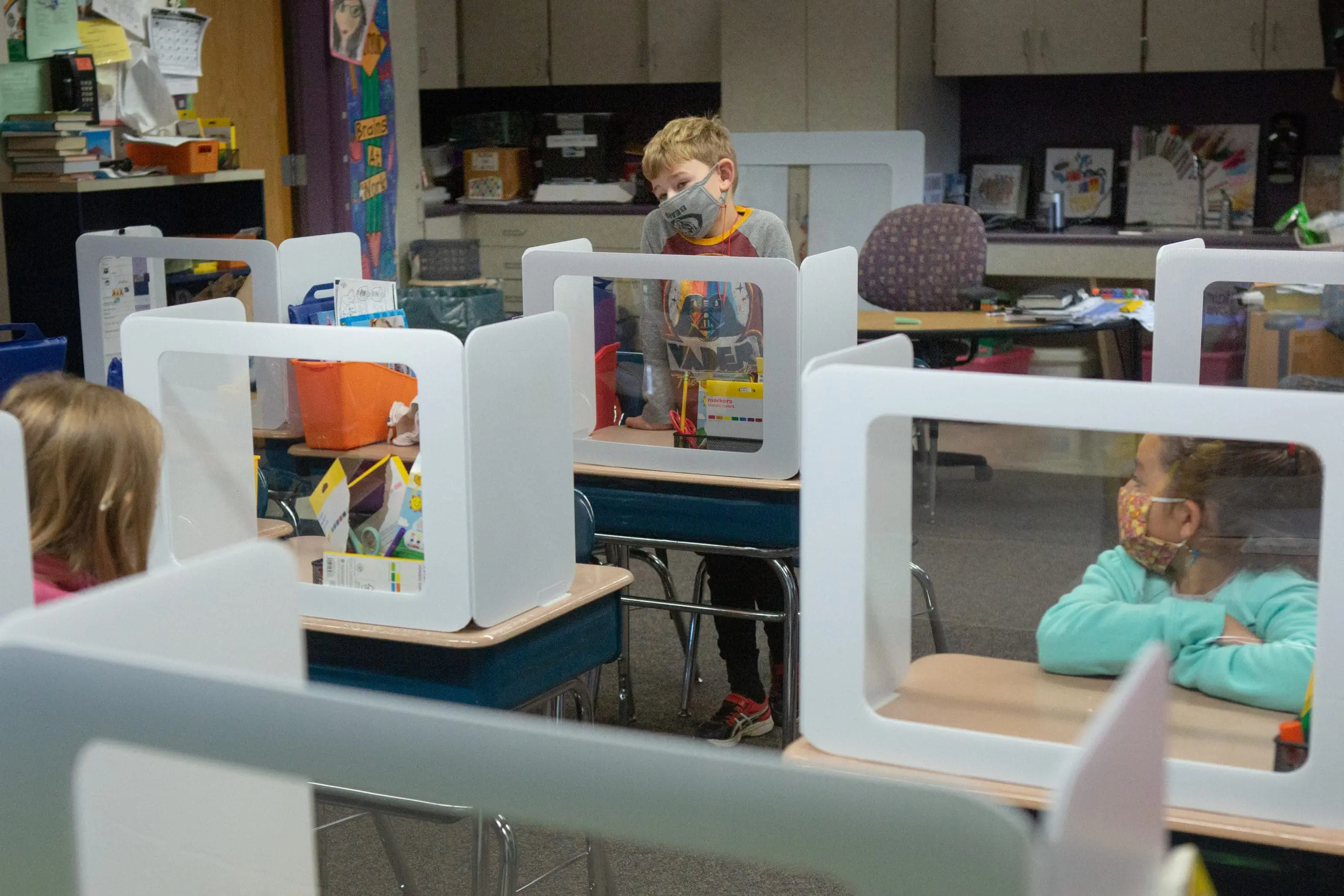The recent release of 2022 scores for the National Assessment of Educational Progress (NAEP) brought somber news: scores declined, most notably in math, for students across the country. Alongside this announcement, we’ve seen the expected gnashing of teeth about decisions made by education leaders across the country. And while it’s good to understand what worked and what didn’t, all of the finger pointing about decisions made at the beginning of a global pandemic are more likely to prevent educators and leaders from meeting the urgency of this moment than to lead to productive solutions. There’s a better way to act on this information.
Data reflects hard truths and it takes courage to use data. Often, the very leaders who collect data and decide what to make public are the leaders whose decisions are reflected in the data. And it’s easy to question or criticize if you haven’t been involved in the hard task of decisionmaking. For example, it is simple to say in hindsight that schools should have reopened much sooner after reviewing the state and district NAEP results, but the recently reported NAEP scores don’t clearly support that theory. As noted in a recent Washington Post article, “In California, for instance, many public schools were closed well into the 2020-21 school year, and some students never saw a classroom that year. But the declines were similar to those in Texas and Florida, where schools were ordered to reopen much sooner.”
Looking at these point-in-time results alone misses the bigger picture about student learning and what was happening before the pandemic. The truth is that these scores reflect how hard it was to educate students during this time, especially those students who needed more support before the global health and economic crisis. So, instead of dwelling on decisions made, how can leaders use this information to move forward?
Learn from what worked. While there is plenty of disappointing news to be found in this year’s NAEP results, there were also some bright spots. The Washington Post reported, “More than half of the states, plus the District of Columbia, held steady on reading for fourth and/or eighth grade. Most of the 26 large city school districts that participated in the tests saw no change — meaning there was no improvement but also no decline, which qualifies as a bright spot given the overall results. One of them — the Los Angeles Unified School District — actually saw eighth-grade reading scores jump by nine points.” Leaders should dig in to what happened in these places and others—like the data on student groups, where English Learners were a bright spot—and think about how they can potentially replicate any successes in their own communities and schools.
Use the money available to think bigger. The federal government has made billions of dollars available to state and local education leaders for the purpose of recovery and designing interventions that will help students get back on track academically. But the majority of those funds haven’t been spent by districts and states. Leaders must now examine what funds are available to them for recovery and how they can use them to employ evidence-based strategies to support their students.
Share NAEP results in ways that are actionable for teachers, families, and students. It’s been hard to open a newspaper or social media without seeing news of this year’s NAEP results. But communities need information that puts these scores into context for their schools, districts, and states. And in order to move forward, they need information on how to act using this data. Leaders must think about how to get this information to their teachers, families, and students in ways that allow them to move forward productively, supporting students in the ways they most need support through recovery. That means contextualizing NAEP scores alongside state assessment scores, especially for individual groups of students. Sharing results in an actionable way might also mean listening to concerns from the community and addressing them directly, publicizing the ways that schools, states, and districts are using the data to create a plan to move forward, or providing examples of evidence-based solutions to address the score drops in their communities. Whichever solution is right for an individual community, it must center clear communication to be successful.
Of course, it’s disappointing to see such a stark drop in NAEP scores this year, but it was not unexpected given other available data like statewide assessment scores and the long-term trend NAEP results released in September. Now, the most important next step for leaders is to use this information to move forward with urgency and build upon this data to support strategies for recovery that support all students.


